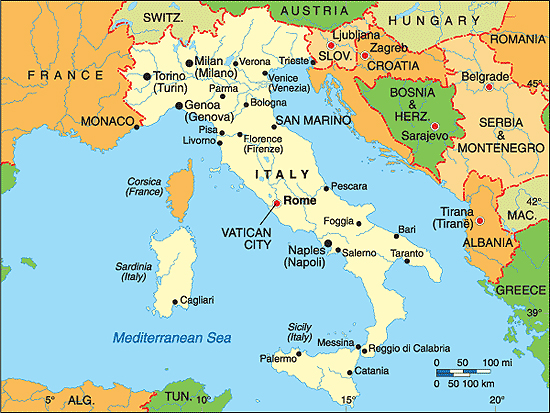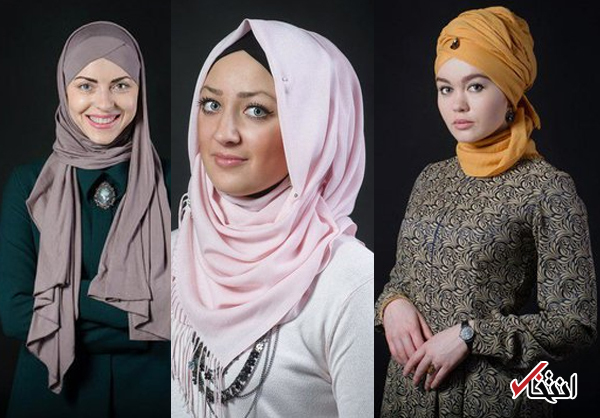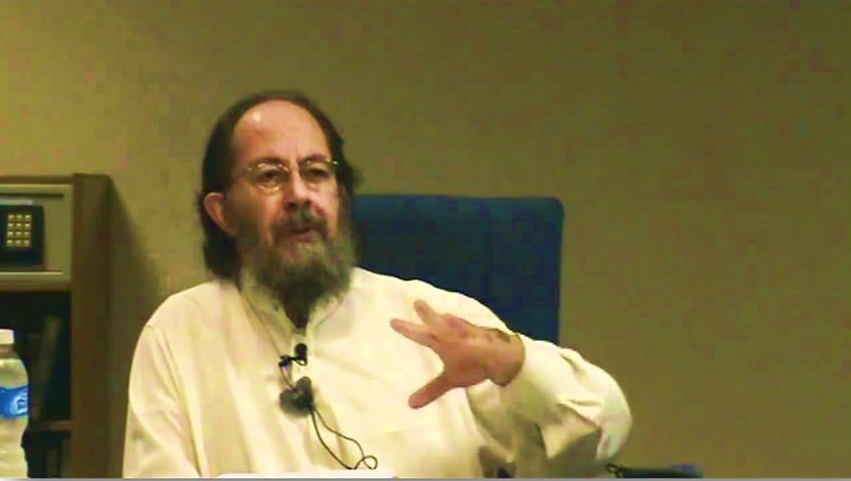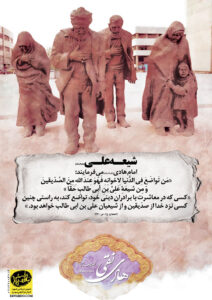According to rahyafte (the missionaries and converts website): This image, depicting the activities of the Martyr Edoardo Agnelli Society, has recently gone viral once again in the online space. However, you can find more detailed information on the Rahyafte website.
Dr. Fethullah Bistoni, translator
See the Persian text here
A report on these activities, as narrated by Javan Newspaper, is available here:
For a visual account of this presence and other programs by the Rahyafte Foundation during that year, visit:
Be sure to follow Rahyafte’s channel and website for updates.
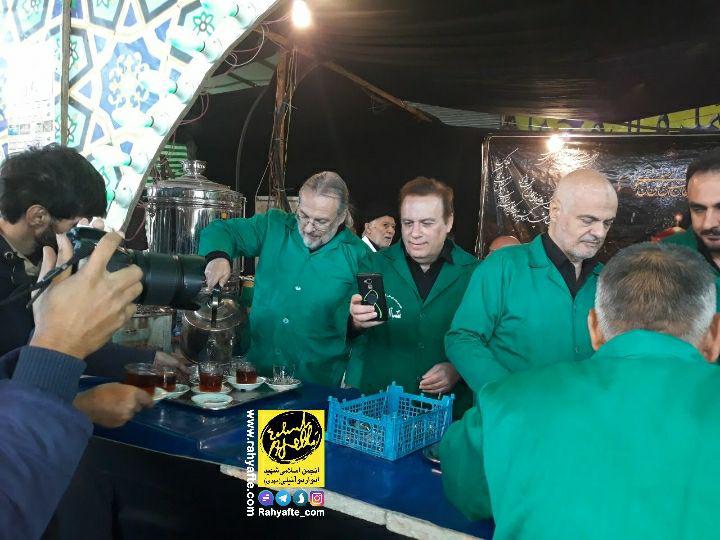
European Rahyafte Scholars Become Servants of Pilgrims of Imam Reza (AS) Upon the invitation of Astan Quds Razavi, a group of European Rahyafte scholars, accompanied by several other scholars, were honored guests at the gracious Imam Reza’s sanctuary. Among them were Dr. Taras, a Russian prodigy; Dr. Juan Francisco from Spain; Dr. Roberto Arcadi from Italy; and Professor Christian Bono from France, all members of the Martyr Edoardo Agnelli Society. While some other guests from Germany and Ireland couldn’t join due to various reasons, the journey commenced. From the moment of landing and embarking on the route toward the hotel on Tehran Street, we were met with beautiful and captivating scenes. Just a few days remained until the anniversary of Imam Reza’s (AS) martyrdom. Groups of five and ten individuals, carrying backpacks and flags, attracted the gaze of every observer.
Mr. Taheri, the director of the Agnelli Society, introduced us to the guests: Dr. Taras, the Russian prodigy, who embraced Islam at the age of 14. His father is a renowned sculptor in Russia. At 19, Taras earned a degree in electronic engineering and a master’s degree in banking. By the age of 21, he became the director of one of Russia’s first Islamic banks. He has represented Russia in numerous Islamic conferences and is proficient in several languages. He is the first and only translator and interpreter of Nahj al-Balagha into Russian. Dr. Arcadi from Italy holds a Ph.D. in technical studies and philosophy, with mastery over Greek, French, Arabic, Latin, and Persian languages. He has also translated the philosophical works of Imam into Italian. Dr. Juan Francisco from Spain is also a prodigy.
Holding a doctorate in telecommunications and credentials in psychiatry and ship captaincy, he is a polyglot. Professor Christian Bono is a translator, interpreter, and international Qur’an judge. She holds a Ph.D. in philosophy and a postdoctoral degree in Arabic literature from Sorbonne University.
Although she could have become a professor at Sorbonne, she couldn’t bear being far from Imam Reza (AS) and chose to reside in Mashhad. During this trip, Professor Bono, who considers herself a “Mashhadi” (from Mashhad), guided the group within the shrine and discussed the philosophy underlying the shrine’s architecture. Referring to a room in the Goharshad courtyard, she said, “It’s an honor for me to have written my Ph.D.
dissertation in this room near Imam Reza’s shrine.” According to Dr. Arcadi, Professor Bono’s Ph.D. dissertation, titled “Imam Khomeini, the Unknown Mystic,” introducing Islamic philosophy in Europe, is unparalleled. Taras, a lover of books, couldn’t pass by book exhibitions without stopping during the trip. Near the shrine, there was a book exhibition where Taras and his wife spent a considerable amount of time exploring. In the end, they joined us after acquiring the book “Islamic Unity” written by Mehdi Masaeli.
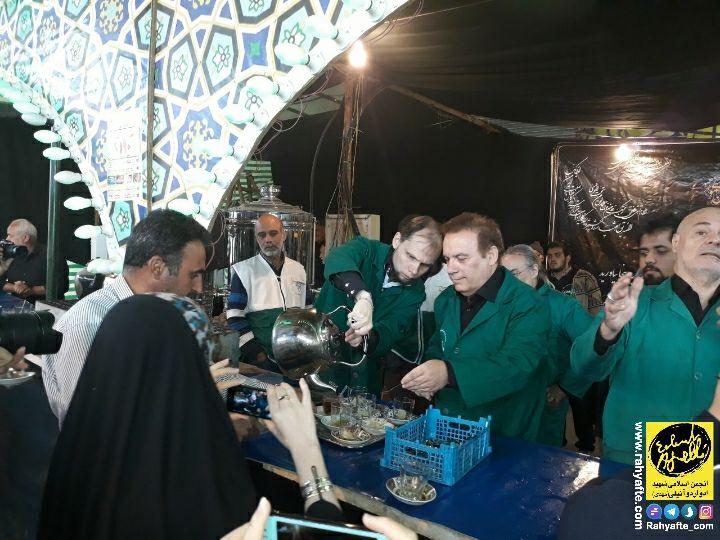
Tehran Street, the place of residence for these scholars, was practically a mourning gathering from dawn to midnight, especially for Turkish-speaking mourners. Professor Bono spoke about the distinctive mourning rituals of the Turkish people, specifically mentioning “Shah Hussein Gowyan,” saying, “I admire the mourning of the Turks; it’s more epic and brings tears to one’s eyes.”
The following day, we visited a few outer shrines. Camels were brought for the ceremony, and guests, like everyone else, took pictures with them. Inside the shrine, some individuals were preparing lentil soup while others were distributing a sweet dish called “Sholleh” to the pilgrims on foot.
Dr. Arcadi was intrigued by the shoes coated with “Salawat wax,” although later, when he saw wax bearers all over Tehran Street, he commended their sincere devotion. Accompanied by Muslim scholars, we entered the shrine’s bakery. They were preparing various types of bread, from ghee bread to sugar-coated bread, all of the highest quality.
One of the bakers mentioned that he has been serving pilgrims in this bakery for five years and has recently been there for a month. When asked if he had made any requests in return, he replied, “Plenty, including becoming a homeowner despite my financial constraints.”
Dr. Juan Francisco also shared his experiences: “I’ve made numerous requests as well.” He has visited Imam Reza (AS) four times, and according to his wife, when he was disheartened by the behavior of some officials and people, he sought Imam Reza’s (AS) assistance.
The challenges Dr. Juan Francisco faced have become a book of their own. The manager of the Agnelli Society, Mr. Edoardo Agnelli, reminded me of Martyr Agnelli. He is a prodigy who has forsaken everything for his Shia beliefs, yet his kindness hasn’t wavered here. We accompanied groups of pilgrims heading towards the shrine. A young boy, accompanied by his father and brother, passed by us on the way.
When asked where he was from, he replied, “Zahedan.” The group members were astonished by this and their eyes welled up. Along the way, Mr. Edoardo Agnelli was reciting eulogies, and the group of European elites joined him.
Dr. Taras also recited a poem, and the others harmonized with him. Subsequently, Dr. Arcadi passionately chanted “Ya Latharat al-Husayn,” and the others echoed. Professor Bono, who has an affinity for Iranian nostalgia, sang “Qurbun-e Kabutar-e Haramat Imam Reza” (A Sacrifice for the Pigeons of Imam Reza).
Upon the shrine’s invitation, the Rahyafte scholars attended the sermon of Imam Reza (AS). Despite the rain and damp grounds, the program continued as scheduled. The European scholars, who were esteemed guests of the event, stood in a corner of the courtyard and were accompanied by the attendants. Visiting the virtual media outlets affiliated with the new deputy of the shrine, specifically the deputy for new media, was also part of the schedule. Later, Professor Bono invited the guests to try the famous sweet dish “Sholleh,” a traditional treat of Mashhad. Perhaps the highlight of the journey was the evenings.
The elite scholars would convene in the hotel lobby, engaging in discussions on various scientific subjects, from translating the Qur’an to the attributes of Nahj al-Balagha. These discussions extended into the late hours of the night. Taras emphasized the significance of performing the Fajr prayer promptly amid the busy itinerary. More intriguingly, the Rahyafte scholars practically performed their prayers at the start of their designated times. Adjacent to the hotel, upon the manager’s invitation, the group members went to the Hosseiniyeh of the Fourteen Infallibles of Isfahan.
Along the way, the sound of Mohammad Reza Barqei’s poetry recitation from Ayatollah Shahroodi’s Hosseiniyeh caught their ears. Midway, a residence was hosting a gathering. Their Iranian wives invited them to partake in preparing “samanu,” a traditional dish. The spouses engaged enthusiastically, reciting prayers under their breath as they lovingly prepared “samanu.” One collective prayer echoed among them: “O Allah, hasten the reappearance of Your Wali.” Source:
Javan Newspaper.







